National forecast for Thursday, July 23
Fox News senior meteorologist Janice Dean has your FoxCast.
Weeks of heavy rainfall that's spawned devastating flooding across parts of South Asia can be seen in new imagery from NASA after millions were displaced.
The International Federation of Red Cross and Red Crescent Societies, or IFRC, said Wednesday that more than 9.6 million people have been impacted by the flooding, with about 500 dying so far in India, Bangladesh, and Nepal.
“People in Bangladesh, India and Nepal are sandwiched in a triple disaster of flooding, the coronavirus and an associated socioeconomic crisis of loss of livelihoods and jobs," said Jagan Chapagain, secretary-general of the IFRC. "Flooding of farmlands and destruction of crops can push millions of people, already badly impacted by COVID-19, further into poverty.
RARE RHINOS AMONG DEAD AS INDIA FLOODS KILL DOZENS OF PEOPLE, DISPLACED MILLIONS IN ASSAM STATE
Chapagain warned that South Asia could face a humanitarian crisis in the weeks ahead.
In a map released by NASA on Thursday, "excessive" rainfall totals by satellite estimates emerge over the region using data from the Global Precipitation Measurement (GPM) mission.
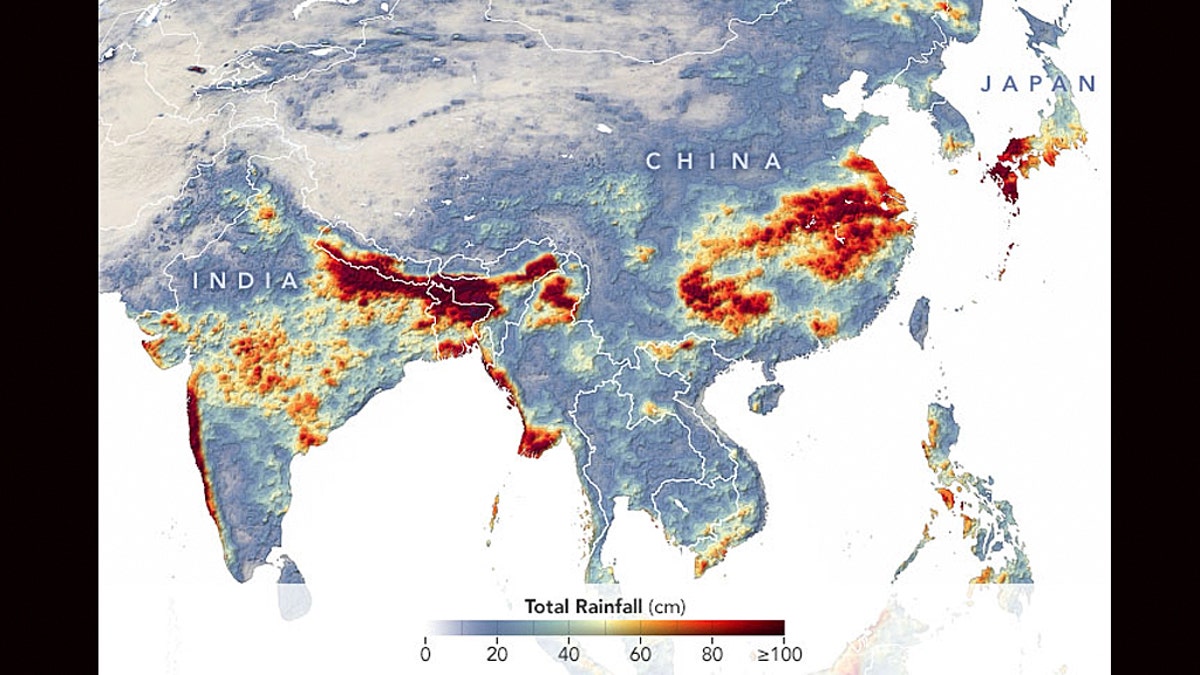
Estimated rainfall amounts since early June can be seen across South Asia. (NASA)
"The darkest reds indicate places where GPM detected rainfall totals exceeding 100 centimeters (40 inches) during this period," NASA notes. "Due to averaging of the satellite data, local rainfall amounts may be significantly higher when measured from the ground."
Particularly high rainfall totals have been observed over northeastern India, where the state of Asam has seen 35 inches of rain between June 1 and July 22, about 20 percent more than normal.
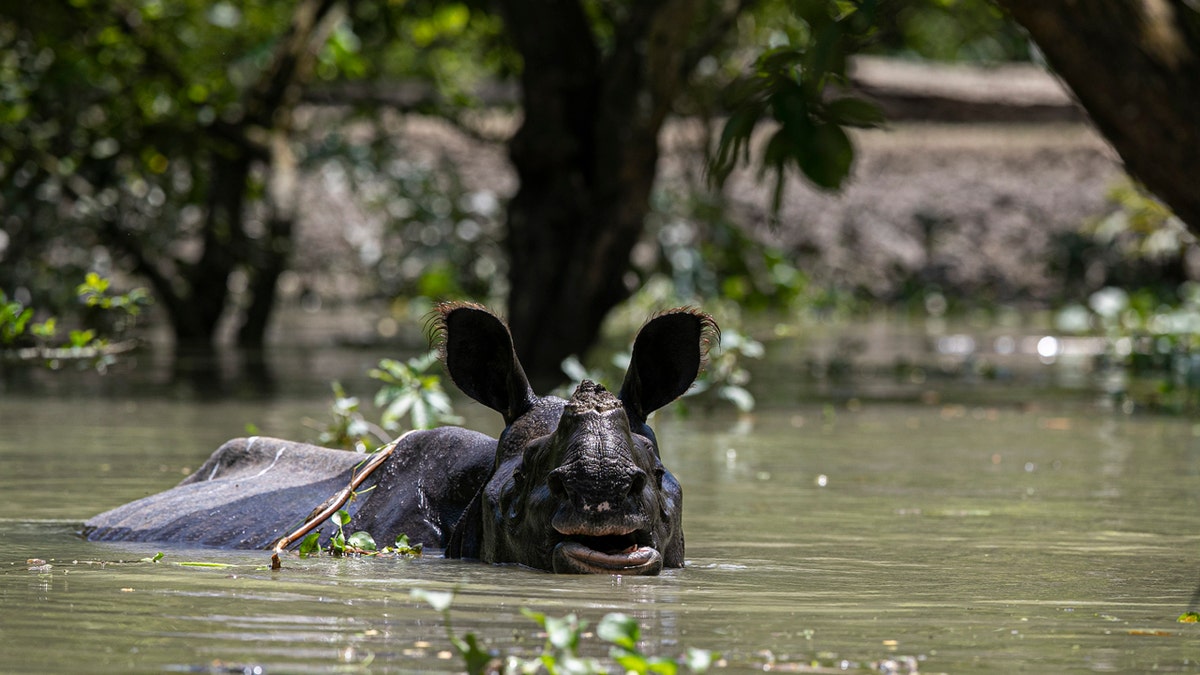
The floods in northeast India have inundated most of Kaziranga National Park, home to an estimated 2,500 rare one-horned rhinos. (AP Photo/Anupam Nath)
Some 2.5 million people were affected by floods in Assam and at least 113 have died, authorities said.
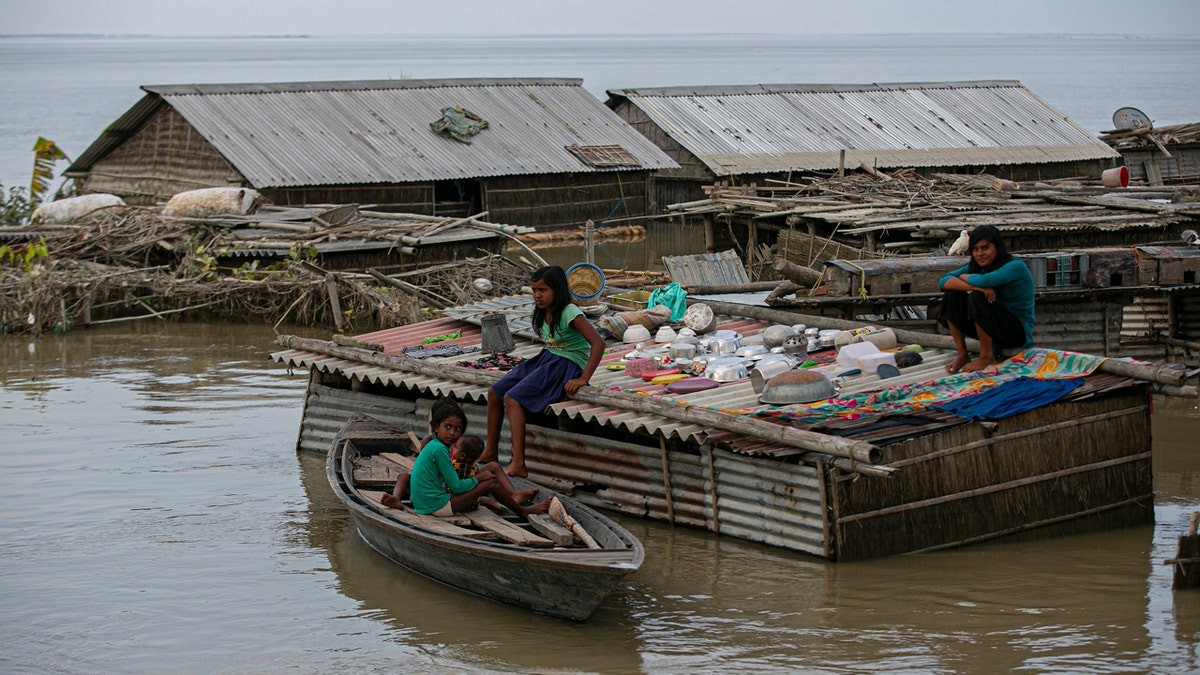
A flood affected family takes shelter on the roof of their submerged house along river Brahmaputra in Morigaon district, Assam, India, Thursday, July 16, 2020. (AP Photo/Anupam Nath)
More than 100 animals, including rare rhinos, have died in floods that have submerged Kaziranga National Park. More rain is expected in the next few days.
CHINA FLOODING LEAVES THOUSANDS TRAPPED AFTER LEVEES FAIL, ANOTHER DAM AT RISK OF BREAKING
Heavy rain since early June has also led to devastating flooding across south-central and eastern China, where record flooding and landslides have taken place.
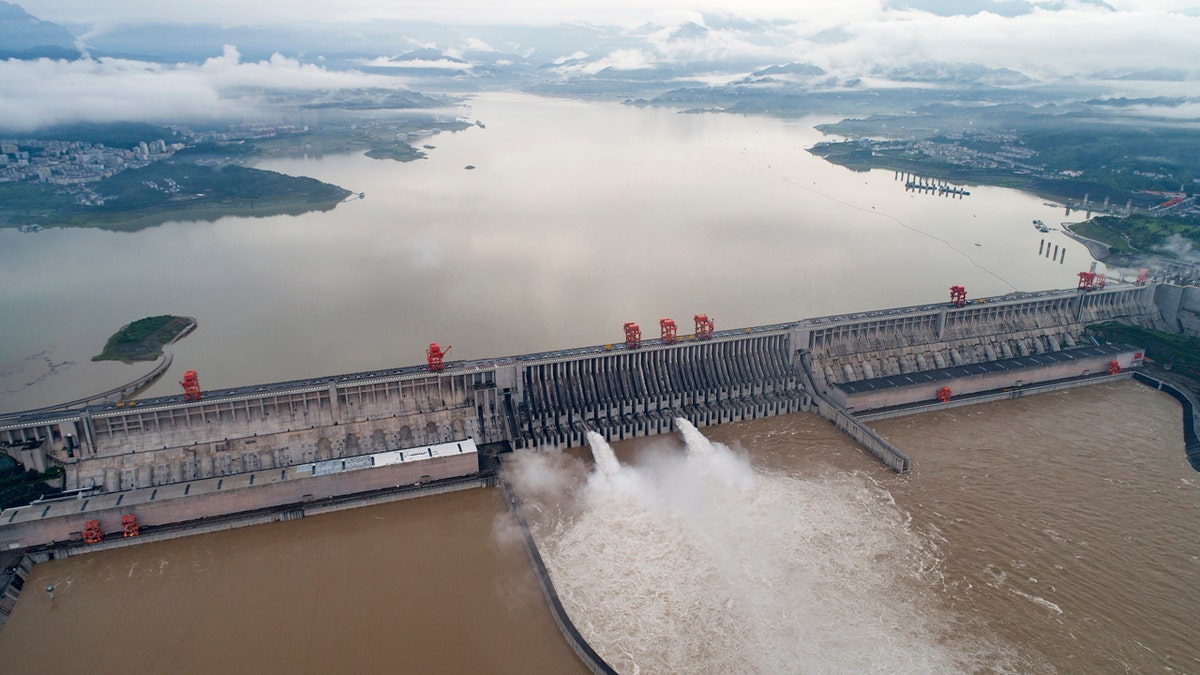
In this photo released by China's Xinhua News Agency, water flows out from sluiceways at the Three Gorges Dam on the Yangtze River near Yichang in central China's Hubei Province, Friday, July 17, 2020. (Wang Gang/Xinhua via AP)
At least 141 people have died or are missing since floods began.
CLICK HERE FOR MORE WEATHER COVERAGE FROM FOX NEWS
In Bangladesh, experts say this year’s monsoon is going to last longer than usual because more waters are expected to rush in from upstream India.
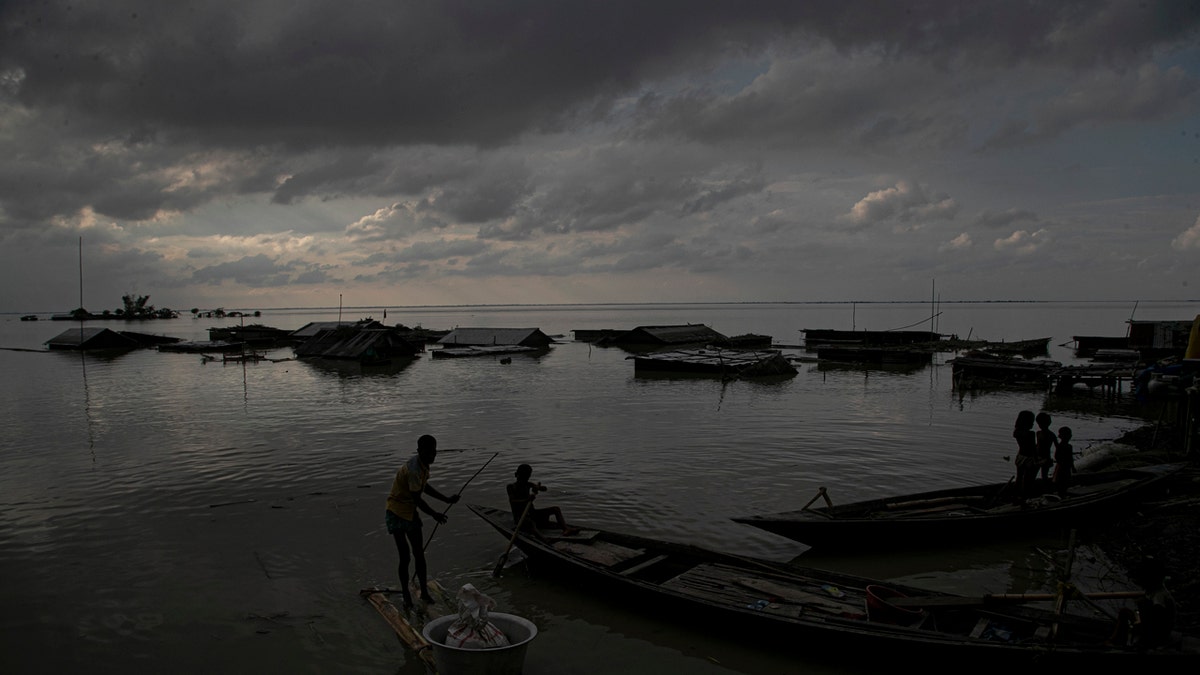
More than 9.6 million people across South Asia have been affected by severe floods, with hundreds of thousands struggling to get food and medicine, officials and aid organizations said Wednesday. (AP Photo/Anupam Nath)
In Kurigram, one of the worst affected districts in northern Bangladesh, thousands of people have taken shelter at higher ground, leaving their flooded homes.
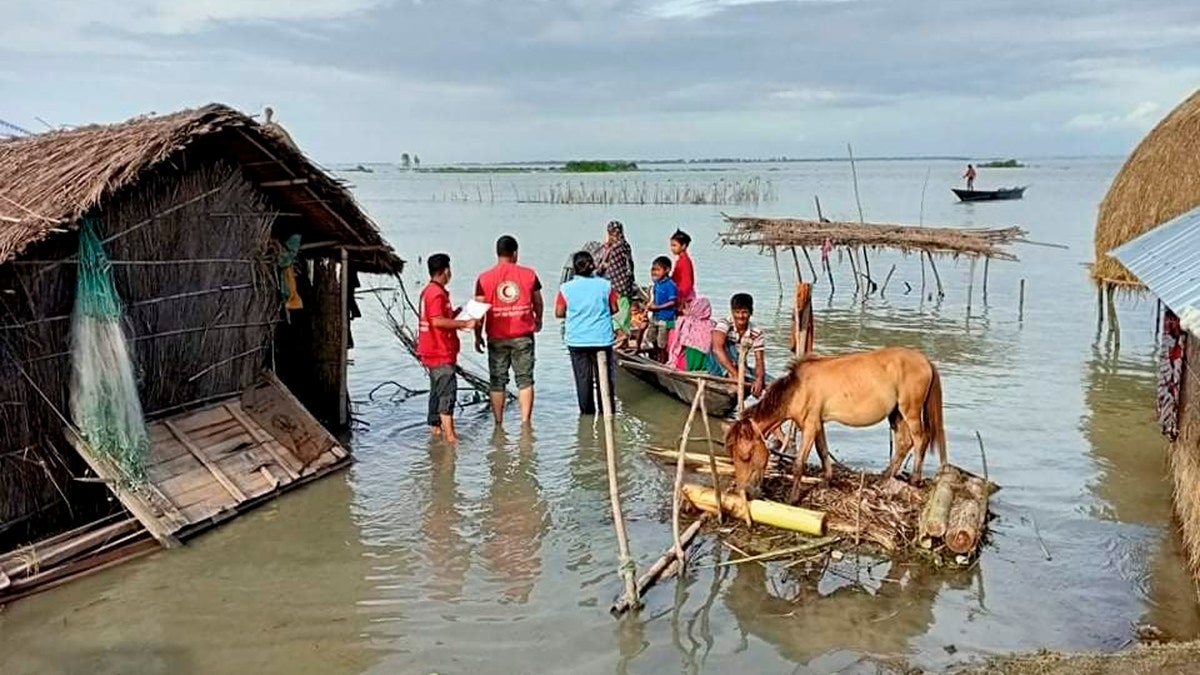
In this photograph provided by International Federation of Red Cross and Red Crescent Societies (IFRC) shows IFRC volunteers reaching flood affected communities with drinking water and other support in Kurigram, Bangladesh, July 16, 2020. (IFRC via AP)
“Many people are not having three meals a day," Mizanur Rahman Soikat, a volunteer for the Bidyanondo Foundation, a local charity, told the Associated Press. "The government and volunteer groups are trying to give them food and medicine, but it is getting harder to keep track of the affected people because of rising waters.”
CLICK HERE FOR THE FOX NEWS APP
The monsoon pattern develops annually across the region, but this year the low-pressure systems have been noted to be "especially strong," bringing much more moisture from the Indian and Pacific Oceans.
The Associated Press contributed to this report.





















